1. Matching Furniture Sets
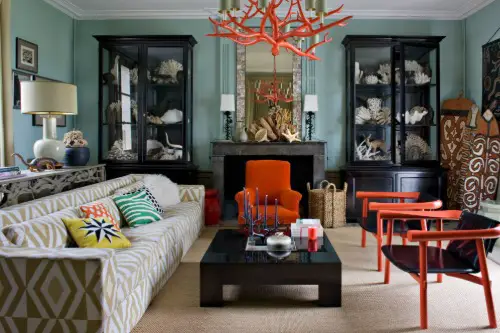
Once a go-to for creating a “put-together” look, matching furniture sets now feel flat and overly formulaic. Entire bedrooms or living rooms built from a single collection lack the layered nuance that gives a space personality. Narrative interiors favor a collected-over-time aesthetic, mixing eras, shapes, and materials to suggest a personal journey. It’s about telling a story—not following a catalog.
Today’s design mindset celebrates contrast: an inherited side table next to a modern sofa, or mismatched chairs around a dining table. These combinations express individuality and lived experience. Rooms that feel gathered feel richer. Uniformity is giving way to intentional eclecticism.
2. Minimalist Monochrome
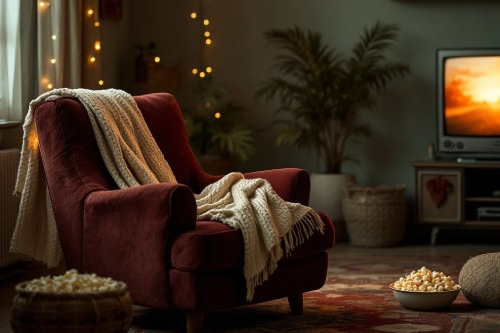
The all-white, ultra-minimalist look once symbolized elegance and restraint—but it’s now being traded for warmth and storytelling. Spaces with little color or texture can feel clinical, especially when they lack emotional anchors. Narrative interiors layer colors, patterns, and tactile elements to evoke mood and meaning. It’s less “neutral palette,” more “inner world translated into design.”
Designers are embracing character through tonal shifts, imperfections, and nostalgic color schemes. Personal items are layered in ways that invite curiosity and conversation. Minimalism still has its place—but the silence is being filled with narrative. The visual hush is turning into a gentle hum.
3. Symmetrical Layouts
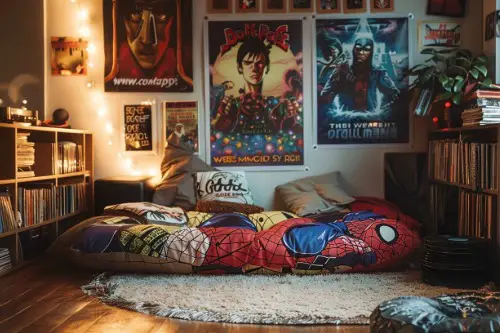
Balance has long been a design principle—but perfect symmetry is becoming less desirable. Matching end tables, twin lamps, and mirrored decor now feel stiff and overly staged. Narrative interiors prioritize flow and emotional rhythm over rigidity. A space should feel like it moves with you, not pose around you.
Asymmetry creates visual interest and encourages exploration. That slightly off-center gallery wall or uneven furniture arrangement speaks to personality and spontaneity. Life isn’t symmetrical—and now, homes aren’t pretending to be. The story lives in the imbalance.
4. Open Shelving with Only Objects

Open shelves filled with color-matched books, ceramic vases, and trailing plants used to scream design-savvy—but they now risk coming off as hollow. Styling without soul leads to surfaces that look curated but feel forgettable. Narrative interiors use shelving to showcase actual chapters of a life—travel finds, beloved reads, meaningful objects. A shelf should be a timeline, not just a template.
Think less about what “goes together” and more about what matters to you. A cluttered shelf can still be composed, as long as it holds real sentiment. These days, the story counts more than the styling. Homes are moving from perfection to personal.
5. Statement Walls for Statement’s Sake
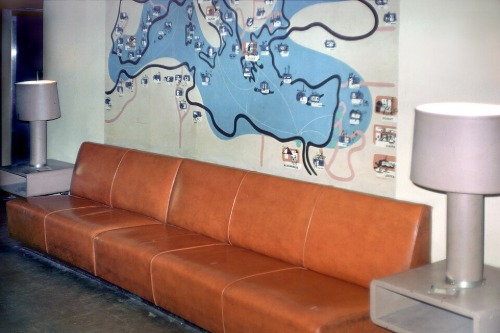
Bold accent walls, geometric paint designs, or wallpaper murals used to mark design confidence—but they’re losing ground to deeper expression. A statement wall that doesn’t connect to the rest of the space—or your personality—can feel like noise. Narrative interiors blend bold choices with emotion and meaning, letting stories be the real statement. Now, walls speak through context.
Rather than shock value, designers are using wall treatments to reflect hobbies, memories, or cultural identity. Think mural maps of travel history or textured materials tied to heritage. The wall isn’t just the backdrop—it’s part of the narrative arc. Showoff walls are evolving into soulful canvases.
6. Neutral-Only Color Schemes
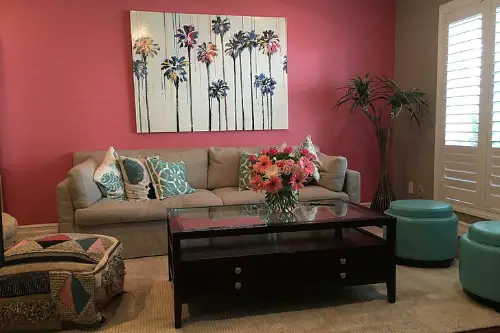
Beige, greige, and soft whites had a long reign in interior design—but they’re being dialed down in favor of emotional palettes. While neutrals offer safety, they rarely evoke strong feelings or memories. Narrative interiors lean into the psychology of color, choosing hues that reflect personal stories or evoke specific moods. It’s less about what’s trendy, more about what resonates.
Color is being used to reflect seasons of life, heritage, or nostalgia. A dusty rose might recall a grandmother’s quilt, while olive green evokes a favorite hiking trail. Neutrals haven’t disappeared—but they’re no longer the only tool in the box. Meaning is becoming the new mood board.
7. Hidden Clutter at All Costs
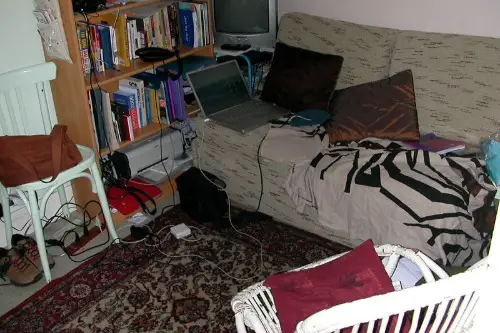
Design once favored hiding every trace of life—cords behind consoles, mail in trays, remote controls out of sight. But this forced tidiness often came at the expense of personality. Narrative interiors embrace the lived-in look with boundaries, letting certain items remain visible as part of the story. The goal is comfort and character, not sterile perfection.
Open book stacks, trays with in-use items, and well-worn throws tell guests that someone lives—and loves—here. Controlled chaos can be deeply expressive. Messiness is no longer synonymous with failure—it’s flavor. Home isn’t a showroom; it’s a novel in progress.
8. Copy-Paste Trends from Social Media
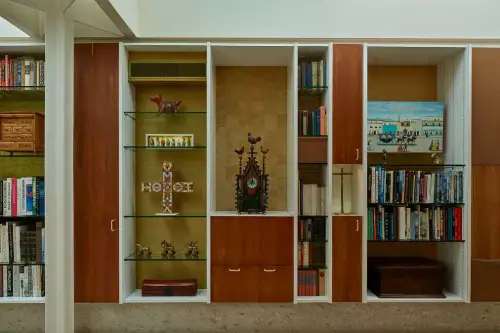
TikTok-famous design elements—squiggle mirrors, boucle everything, and checkerboard rugs—are fading as people seek deeper resonance. What’s popular isn’t always personal, and narrative interiors resist one-size-fits-all aesthetics. Instead of mimicking trends, they highlight individual taste, life phases, and identity. It’s a move from influencer to introspection.
Design is becoming less about being impressive and more about being expressive. Homes are incorporating heirlooms, art collections, or handmade items instead of viral products. The room becomes a reflection—not a replication. Originality beats algorithms, every time.
This post 8 Design Trends That Are Being Replaced by “Narrative Interiors” was first published on Greenhouse Black.
